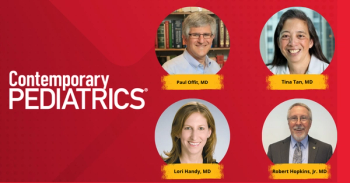
Influenza vaccine nasal spray more effective in young children
With influenza being one of the most common reasons for hospitalization of children, finding the most effective vaccination combination is increasingly important. That?s what researchers recently set out to do, finding that although the live attenuated influenza vaccine nasal spray and trivalent inactivated influenza vaccine shots are effective, only the nasal spray may confer additional immunity. Could a change in guidelines be on the horizon?
Both live attenuated influenza vaccine (LAIV) nasal spray and trivalent inactivated influenza vaccine (TIV) shots protect children aged 6 months to 3 years from influenza and produced similar levels of antibodies, but a recent
Vaccination is increasingly critical, because influenza is now 1 of the top 10 reasons for
Children younger than 3 years receive 2 doses of flu vaccine-a priming dose followed a month later by a booster. Researchers at the National Institutes of Health tested whether matching the 2 doses was better than giving 2 different types of vaccine. The 2 doses were given as matching (both TIV or both LAIV) or mixed (TIV followed by LAIV or LAIV followed by TIV). Researchers found that all 4 combinations were safe and effective.
The young children who received at least 1 dose of LAIV, however, also produced 3 types of influenza-specific T cells. There was no significant difference in T-cell production between those who received 1 or 2 doses of LAIV, and the order in which LAIV was administered also had no effect.
The testing involved 53 children aged 6 to 35 months during the 2005-2006 and 2006-2007 flu seasons.
The American Academy of Pediatricians (AAP)
Because LAIV has been associated with increased wheezing in very young children, lead study researcher Daniel F. Hoft, PhD, suggests that children younger than 2 years may do best if they receive the TIV shot first, followed by the LAIV spray. He
Newsletter
Access practical, evidence-based guidance to support better care for our youngest patients. Join our email list for the latest clinical updates.







